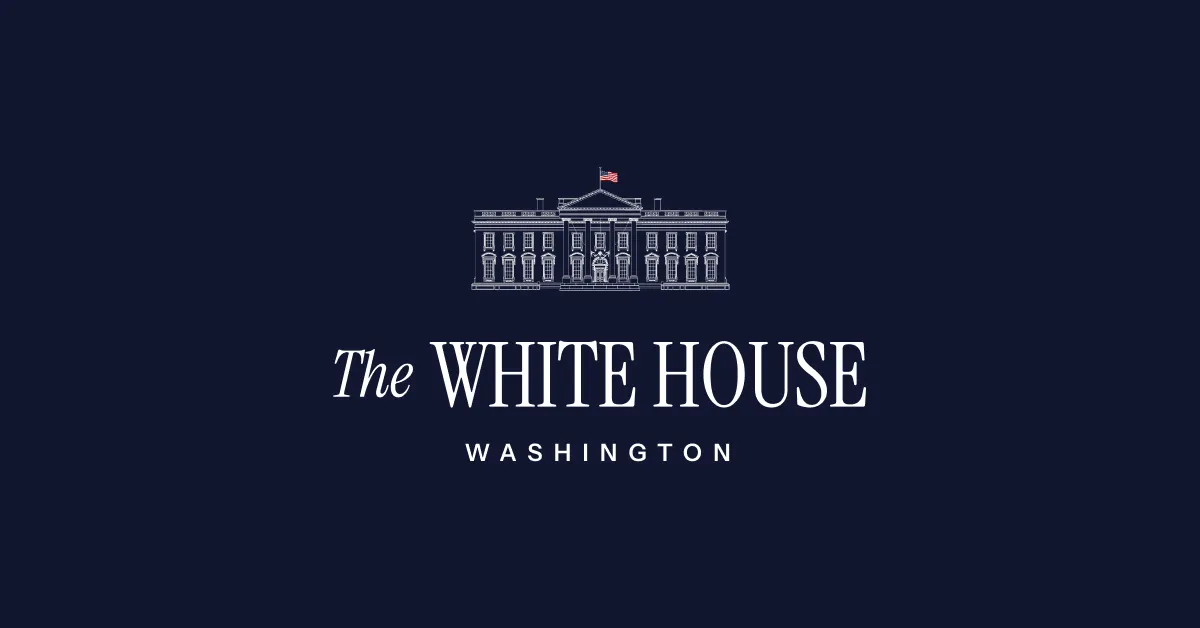
The United States and the European Union have recently announced a significant milestone with the introduction of the Framework on an Agreement on Reciprocal, Fair, and Balanced Trade, commonly referred to as the Framework Agreement. This landmark agreement exemplifies both parties' commitment to fostering fair trade and balanced investment, further solidifying their economic relationship, which is one of the largest globally.
This Framework Agreement aims to establish a robust foundation for the extensive trade and investment partnership between the United States and the European Union. It seeks to revitalize both economies and addresses the existing trade imbalances, unlocking the full potential of their substantial economic power.
The United States and the European Union view this Framework Agreement as a pivotal first step, with aspirations for future expansions into additional areas that will enhance market access and further strengthen their trade relationship.
Several critical terms have been outlined in the Framework Agreement:
Tariff Reductions: The European Union commits to eliminating tariffs on all U.S. industrial goods and will provide preferential market access for a variety of U.S. agricultural and seafood products, including tree nuts, dairy, and processed foods. The European Union will also extend the Joint Statement on a Tariff Agreement concerning lobster, which is essential for the U.S. seafood industry.Most Favored Nation Tariffs: The United States agrees to apply either the U.S. Most Favored Nation (MFN) tariff or a 15 percent tariff rate on European Union originating goods, ensuring that both parties benefit fairly.Pharmaceutical and Technology Tariffs: The U.S. will limit the tariff on pharmaceuticals, semiconductors, and lumber to a maximum of 15 percent, promoting cooperation in critical sectors.Energy Supply Cooperation: The agreement emphasizes the importance of secure energy supplies, with the EU planning to procure $750 billion worth of U.S. liquefied natural gas, oil, and nuclear products through 2028.Investment Growth: The European Union is expected to invest an additional $600 billion in strategic sectors within the United States, highlighting the EU's trust in the U.S. as a secure investment destination.Defense Procurement: The EU plans to substantially increase its procurement of military equipment from the U.S., strengthening transatlantic defense cooperation.Technical Standards Alignment: Both parties will work towards mutual recognition of standards, enhancing the transatlantic marketplace and facilitating conformity assessments in various industrial sectors.Addressing Non-Tariff Barriers: The agreement includes commitments to streamline requirements for food and agricultural trade, particularly in terms of sanitary certifications.Digital Trade Initiatives: The U.S. and EU will work together to eliminate unjustified digital trade barriers, including customs duties on electronic transmissions, promoting a seamless digital trading environment.In addition to trade facilitation, the Framework Agreement underscores the importance of strong protections for intellectual property rights and internationally recognized labor rights, specifically targeting the elimination of forced labor in supply chains. The European Union is also committed to ensuring that sustainability directives do not impose undue restrictions on transatlantic trade.
The United States and the European Union are set to document and implement the Agreement on Reciprocal, Fair, and Balanced Trade following their respective internal procedures. This collaboration is expected to enhance economic security, supply chain resilience, and innovation, ultimately benefiting businesses and consumers on both sides of the Atlantic.
As the Framework Agreement takes effect, it signals a new chapter in U.S.-EU relations, one defined by cooperation, shared values, and a mutual commitment to fostering a prosperous economic future.